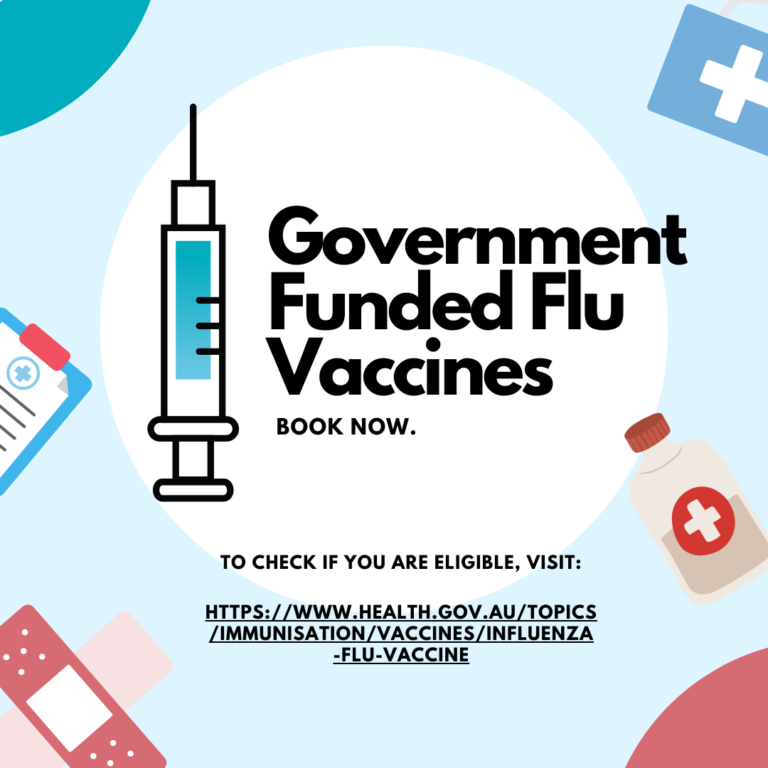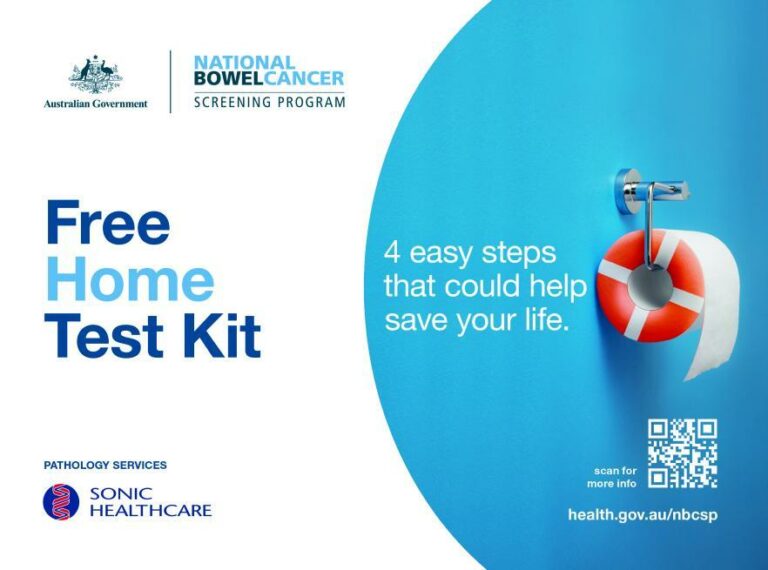.
In this last month, there have been significant changes to the PBS where about 100 commonly used medications can be prescribed for 60 days rather than the previous 30. This initiative will lead to savings for the patient – but require changes to your record AND other changes at the pharmacy. Eventually, more and more PBS prescriptions will be available in larger and more cost-effective quantities for patients
With this new initiative, there’s an opportunity to underline why a prescription and ongoing monitoring of that prescription is important to the patient, prescriber, and dispenser
What is a prescription and why do I need one?
A prescription is a legal document that health practitioners write for a pharmacist to dispense a specific medicine.
You cannot legally obtain prescription-only medicines without that document.
You need a prescription for medicines that have higher risks, such as:
- potentially serious side effects
- more complicated ways of taking them (such as injections)
- the potential for addiction or misuse.
The need for a prescription ensures that your health practitioner can determine the most appropriate medicine for you, by :
- assessing or re-assessing your needs and condition alongside recent history and tests
- considering any other medicine you take to avoid negative interactions
- determining the most appropriate medicine for you
- explaining how to take your medicine and any potential risks or side effects.
These medicines include, for example:
- antibiotics – as they are effective only for certain conditions, which a health practitioner needs to assess, and it’s important not to overuse antibiotics
- medicines that need regular assessment to ensure their ongoing effectiveness – such as those that treat blood pressure, glucose levels, cancer, mental health conditions, and others
- injectable medicines, such as insulin – so that your health practitioner can explain how to administer it
- ‘Controlled medicines’ – such as opioids, which are critical to managing severe acute pain, but carry a significant risk of addiction.
State and territory laws govern the use of some prescription medicines in each jurisdiction.
PBS (Pharmaceutical Benefits Scheme) Prescriptions
The Australian Government subsidises the cost of many prescription medicines under the:
- Pharmaceutical Benefits Scheme (PBS), which is available to Australians with a Medicare card
- Repatriation PBS (RPBS), which subsidises the cost of some medicines for eligible veterans.
This makes medicines more affordable and the recent initiatives are designed to make prescriptions more affordable for patients. Your doctors and pharmacists also want the safety of our medications to remain a high priority
All PBS-subsidised medicines are prescription medicines, but the PBS doesn’t subsidise all prescription medicines. It covers about 80% of all prescription medicines.
For some PBS-subsidised medicines, your prescriber might need to obtain Authority to prescribe from PBS
Private Prescriptions
Private prescriptions are those for medicines not subsidised under the PBS or RPBS. This means the cost can vary between pharmacies and you pay the full price for your medicine.
You might be able to claim a portion of the cost of a private prescription back from your private health insurance. The level of coverage provided depends on your health fund and policy.
Who can issue prescriptions?
Only authorised health practitioners – such as doctors, dentists, optometrists, nurse practitioners, and midwife practitioners – can prescribe medicines.
To prescribe medicines, health practitioners must:
- have completed accredited prescribing education and training that is consistent with their scope of practice
- be registered with the national board for their specialty
- be approved under the National Health Act 1953 for prescriptions of PBS or RPBS medicines
- be approved under relevant state and territory legislation and regulation.
Pharmaceutical Brands V Generic Medicines
For most PBS prescriptions, prescribers use the active ingredient rather than the brand name. This makes it easier for you to:
- choose a cheaper generic or biosimilar medicine, if available.
- check whether you are taking the same active ingredient in another medicine, to prevent double dosing
- check that you’re not allergic to any active ingredients
- check for potential negative interactions with other medicines you are taking
- find the right medicine when overseas, even if brands differ.
In some cases, your health practitioner will prescribe a specific brand, and tick the ‘brand substitution not permitted’ box on the prescription. This could be because you might have a negative reaction to other brands.
Your health practitioner might also prescribe a specific brand, without ticking the ‘brand substitution not permitted’ box if:
- the medicine contains 4 or more active ingredients
- it is impractical to prescribe by active ingredient for any other reason.
While critical to helping patients, some medicines are more likely to be misused – for example, because they can become addictive. They include opioids, benzodiazepines, barbiturates, and amphetamines.
To ensure patients who need them can access these medicines while reducing potential misuse, we monitor their use through the National Real Time Prescription Monitoring.




